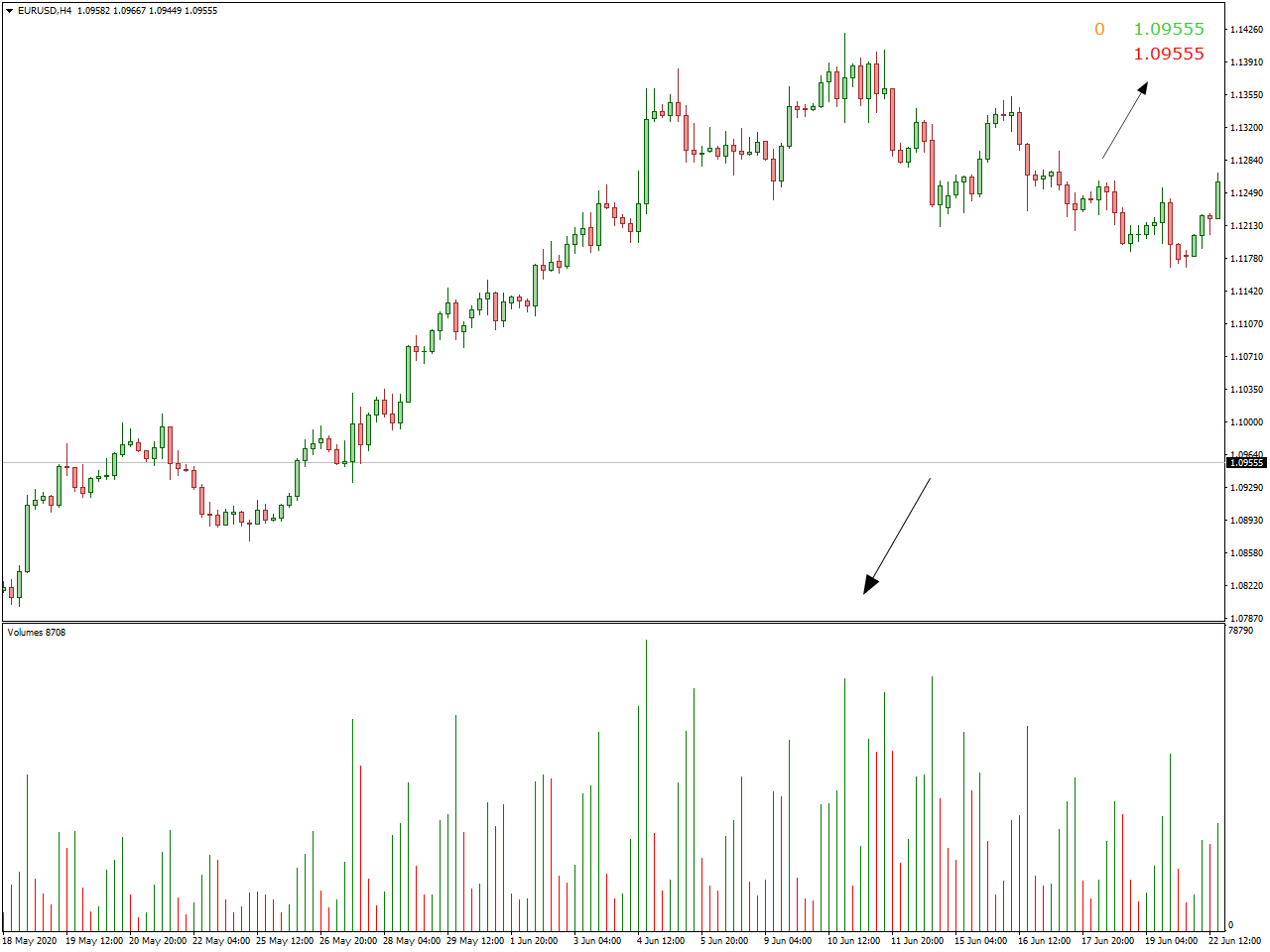The foreign exchange (Forex) market stands as a dynamic and ever-evolving realm where fortunes are made and lost in the blink of an eye. Central to this intricate landscape are currency pairs, the lifeblood of every trader. In this comprehensive exploration, we delve into the heart of Forex trading, focusing on the most liquid currency pairs that form the backbone of this financial juggernaut.
Understanding the nuances of currency pairs is akin to grasping the language spoken in the vast marketplace of global currencies. From pips, the smallest price movements, to the strategic intricacies of trading sessions and the pulse of market sentiment, we embark on a journey through the essential elements that define the Forex market. Whether you’re a novice trader seeking foundational knowledge or an experienced investor looking to refine your strategies, this article serves as a guide through the labyrinth of Forex trading, spotlighting the significance of the most liquid currency pairs and the tools required for successful navigation.
What is liquidity?
Liquidity is a fundamental concept in the financial markets, including the dynamic realm of Forex trading. In essence, liquidity refers to the ease with which an asset, such as a currency pair, can be bought or sold in the market without causing significant price action. A highly liquid market is characterized by a robust volume of trading activity, tight bid-ask spreads, and swift execution of orders.

Liquidity is a crucial determinant of a market’s efficiency and functionality, offering traders the advantage of entering or exiting long position or short position with minimal impact on prices. In the Forex market, liquidity is often associated with major currency pairs, where high day trading volumes and constant market participation contribute to a smooth and seamless trading experience. Understanding and gauging liquidity is essential for traders, as it influences their ability to execute stop-loss order or take-profit order promptly and efficiently, ultimately shaping their overall trading strategies.
Different types of forex pairs
Major currencies are those that experience the best highest trading volumes on the markets. The exact count of major currency pairs may vary among opinions, but commonly accepted lists typically include EUR/USD, USD/JPY, GBP/USD, and USD/CHF.
Commodity currencies, in contrast, are currency pairs whose values are intricately tied to commodities such as oil, coal, or iron ore. Among the commodity currencies listed, AUD/USD and USD/CAD are prominent examples.
Cross currencies, comprising pairs that do not involve the US dollar, also play a significant role. In this top-ten list, two noteworthy cross currency pairs are EUR/GBP and EUR/JPY.
TOP 10 Most Liquid Currency pairs
- EUR/USD (Euro/US Dollar) Approximately 24% of the total forex market turnover:
- As the most traded currency pair globally, it represents the Eurozone and the United States.
- USD/JPY (US Dollar/Japanese Yen) Around 13% of the total forex market turnover:
- Known for its liquidity, it reflects the economic strengths of the United States and Japan.
- GBP/USD (British Pound/US Dollar) Approximately 9% of the total forex market turnover:
- Influenced by the economic conditions of the United Kingdom and the United States, it’s popular among traders.
- USD/CHF (US Dollar/Swiss Franc) Roughly 5% of the total forex market turnover:
- This pair is influenced by both U.S. and Swiss economic factors and is known for its stability.
- AUD/USD (Australian Dollar/US Dollar) About 6% of the total forex market turnover:
- Reflecting the Australian and U.S. economies, it’s a popular choice for those interested in commodity-driven currencies.
- USD/CAD (US Dollar/Canadian Dollar) Around 5% of the total forex market turnover:
- Tied closely to oil prices, this pair is influenced by the economic conditions of the United States and Canada.
- NZD/USD (New Zealand Dollar/US Dollar) Approximately 2% of the total forex market turnover:
- Similar to AUD/USD, it reflects the economic conditions of New Zealand and the United States.
- EUR/GBP (Euro/British Pound) 3% of the total forex market turnover:
- Reflecting the economic conditions of the Eurozone and the United Kingdom, it’s popular for traders interested in European currencies.
- EUR/JPY (Euro/Japanese Yen) Around 3% of the total forex market turnover:
- Combining two major currencies, it reflects economic conditions in the Eurozone and Japan.
- GBP/JPY (British Pound/Japanese Yen) Approximately 3% of the total forex market turnover:
- Known for its volatility, this pair combines the economic factors of the United Kingdom and Japan, making risk-reward ratio more attractive.
In navigating the complexities of the foreign exchange market, a crucial imperative is familiarity with the distinct characteristics and economic influences of each currency pair. Whether it’s the economic dynamics between nations or the influence of commodity prices, understanding these intricacies is paramount for successful trading endeavors.
Why these currency pairs are the most liquid?
Have you ever questioned why only a select few currency pairs garner widespread popularity in the market? This phenomenon is notably influenced by various economic factors that drive fluctuations in the exchange rates of different currency pairs.
Innovations such as the ability to trade online from virtually anywhere have led to increased involvement from individual traders, central banks, banks handling transactions for clients, hedge funds, and institutions, which continue to dominate the highest volume of Forex trades.
Market participants primarily weigh the stability and liquidity of economies within currency pairs. Major Forex pairs tend to be the most liquid, representing currencies from the most stable economies such as the US, European Union, the UK, Switzerland, Japan, and China.
The stability of a currency and its crosses is influenced by economic health, growth, and trade activity. Countries that attract investors through a robust financial framework, ease of doing business, and supportive government policies typically exhibit stronger currencies.
How can I identify liquidity myself?
Identifying liquidity in the Forex market is crucial for traders, and while there isn’t a direct indicator specifically labeled “liquidity,” several indicators and metrics can provide insights into market conditions. Here are some indicators and techniques to help you assess liquidity:
- Average True Range (ATR): ATR measures market volatility, reflecting the average range between the high and low prices over a specific period. Higher ATR values may indicate increased market activity and potentially lower liquidity.
- Bid-Ask Spread: Monitoring the bid-ask spread can offer clues about liquidity. A narrower spread typically suggests higher liquidity, while a wider spread may indicate lower liquidity. Keep an eye on the spread during different trading sessions and market conditions.
- Volume Indicators: Volume indicators, such as the Volume Oscillator or On-Balance Volume (OBV), can reveal trading activity. Higher volumes often accompany increased liquidity, providing an indication of the strength and sustainability of a price trends.
- News and Economic Events: Consider downloading the FXSSI.Calendar indicator to stay informed about high-impact forex news releases and economic events. Being aware of scheduled events through economic calendars is crucial as they can have a significant impact on liquidity and influence market participation.

Conclusion
As we draw the curtains on our exploration of the most liquid currency pairs in the Forex market, it becomes evident that mastery in this domain demands a comprehensive understanding of numerous factors. From technical analysis and chart patterns to money management strategies and trading psychology, the key to success lies in continuous learning and adaptability.
In the ever-changing landscape of Forex trading, understanding the significance of liquidity, volatility, and the strategic dynamics inherent in currency pairs emerges as a crucial factor. Equipped with this understanding, traders can leverage market trends, make well-informed decisions grounded in technical analysis, and effectively navigate the complexities presented by weekly economic events. As you embark on your Forex trading voyage, may the insights shared in this article act as your guiding compass, steering you toward the shores of profitability and success in the expansive realm of global currencies.

